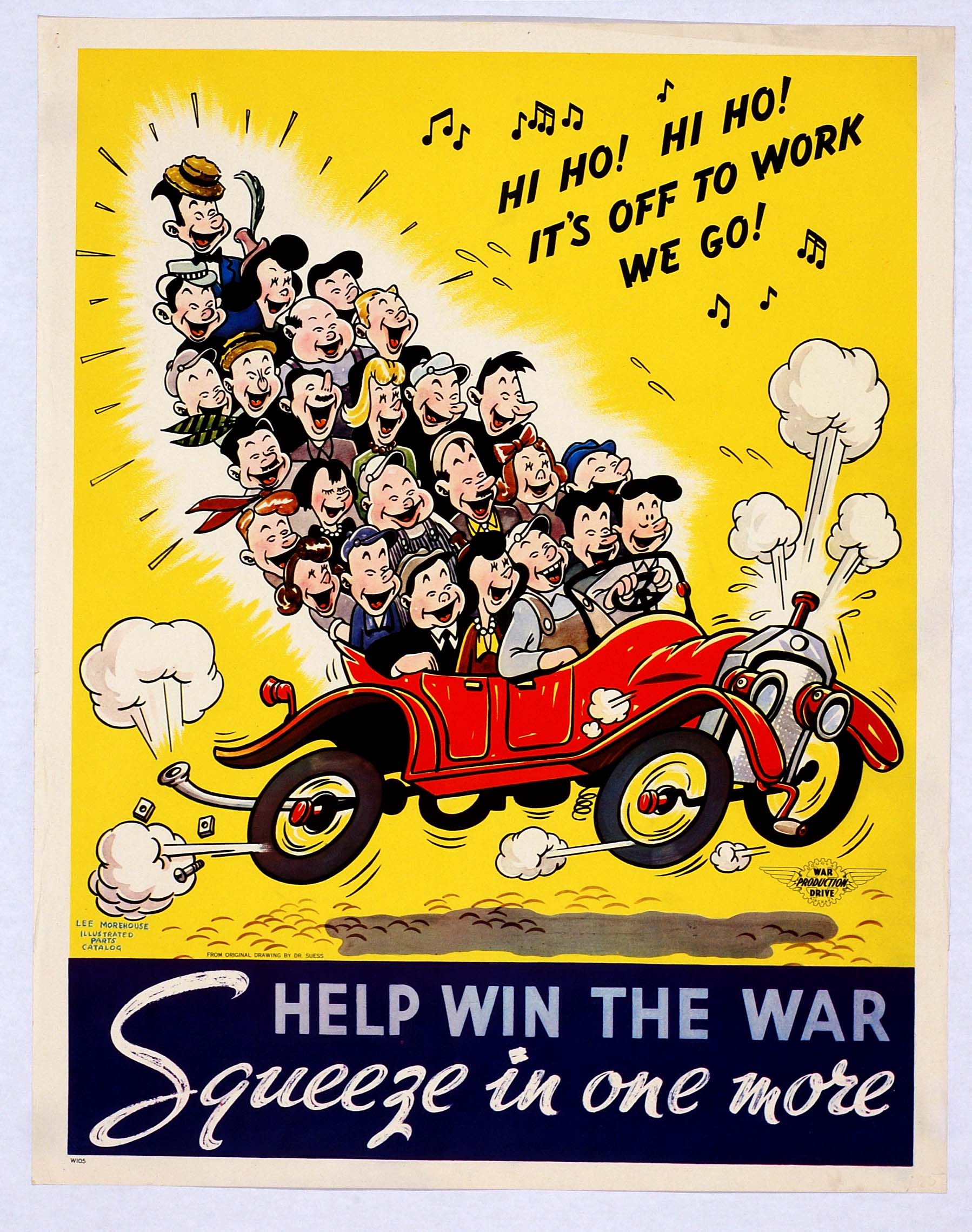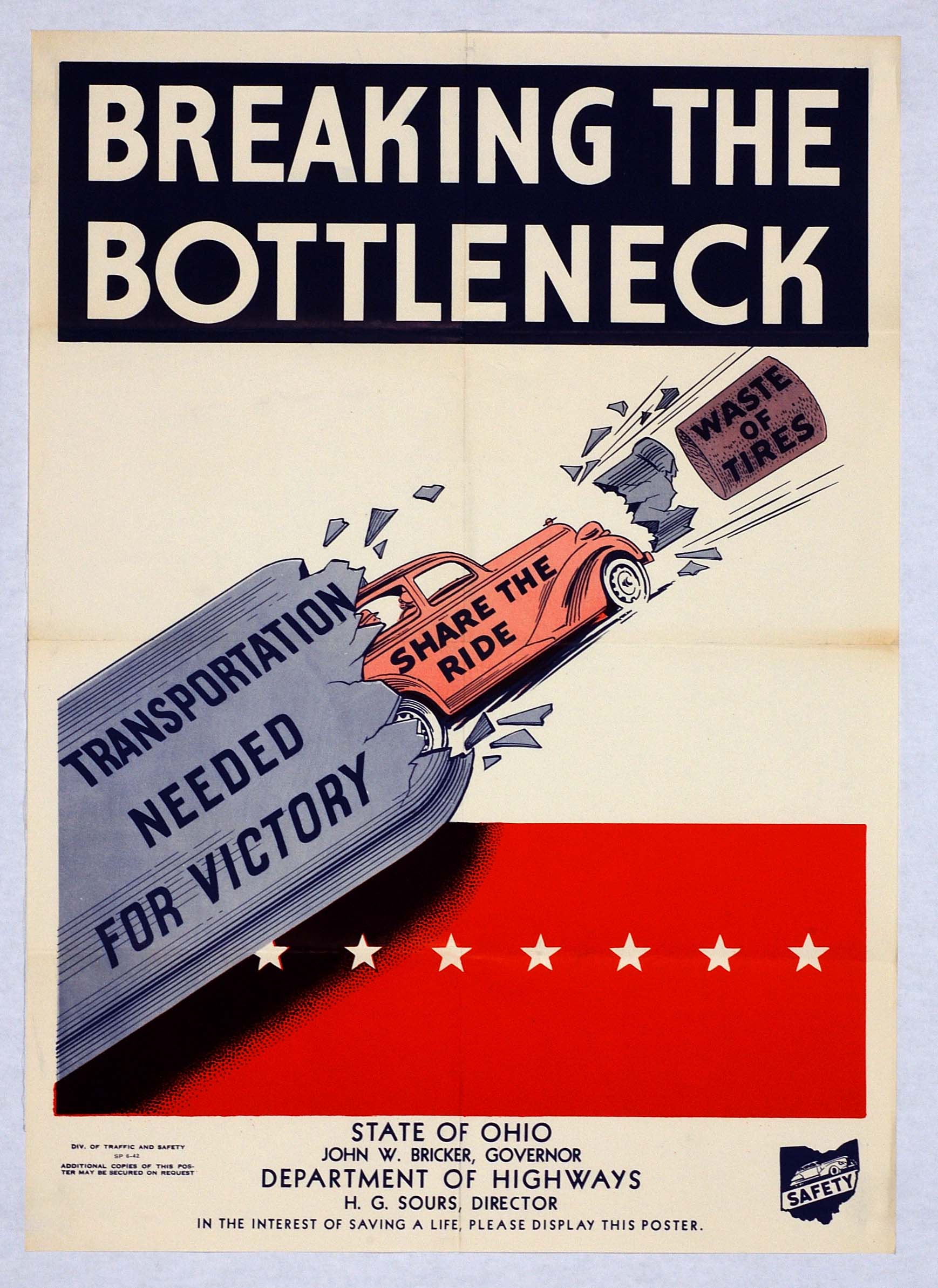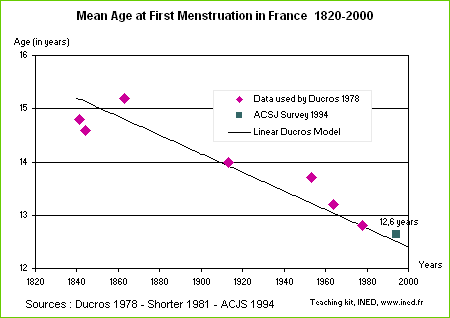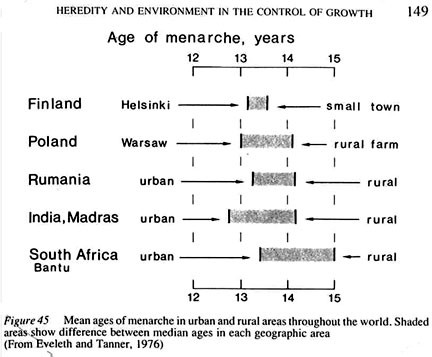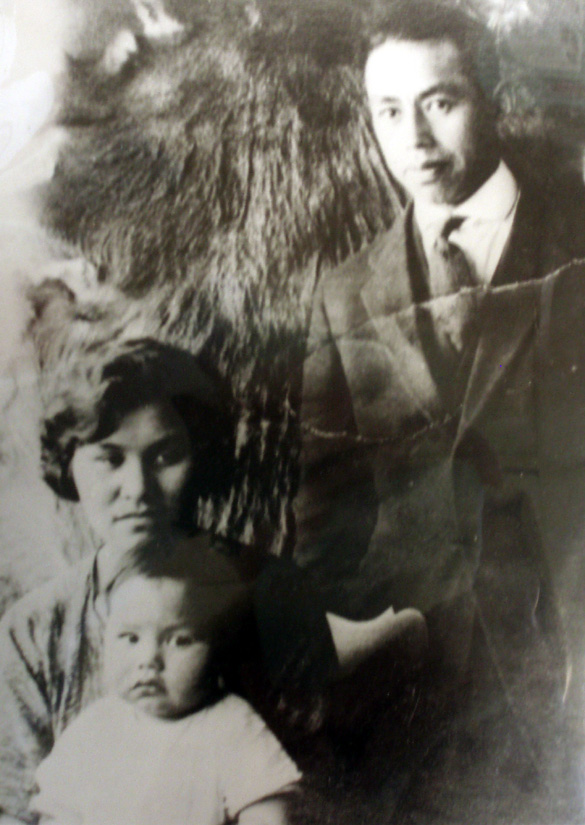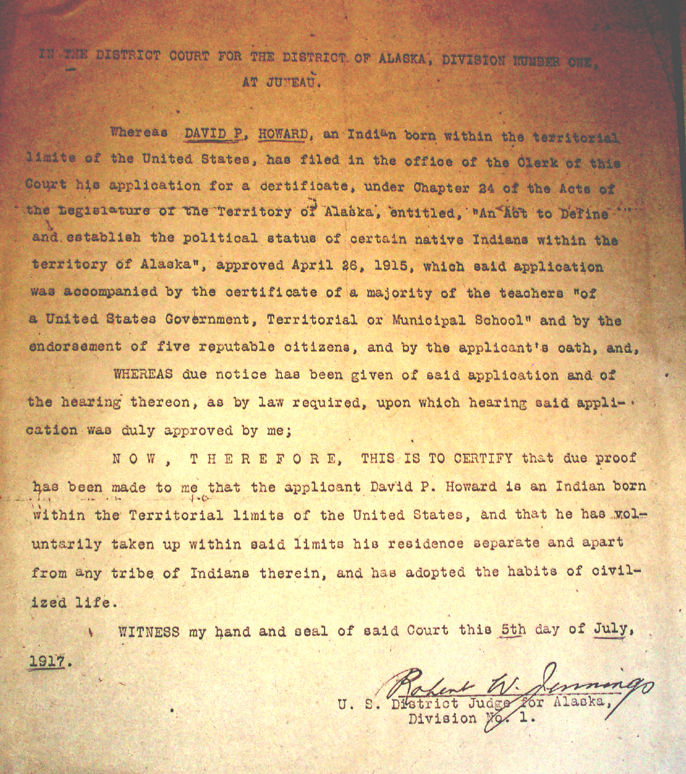At first I thought this ad (found at Jezebel) creeped me out because of the equation: Disney princess + girl power. But then I remembered that that’s pretty much been the whole Disney princess gimmick since, oh, Sleeping Beauty or so. Then it hit me. It’s the infantilization. Disney princess + adult woman = shivers up my spine. Is it just me?
Text:
I learned a long time ago that a true princess makes her own happy ending. So I train. I sweat. I succeed. That’s my fairytale. A nd with a new Disney half marathon celebrating women, it makes my commitment worth it. It’s not just a race… it’s a reflection of me.
From the Disney Princess Half Marathon website:
The Inaugural 2009 Disney’s Princess Half Marathon Weekend will bring women of all ages together to participate in a magical event designed just for them. The Disney Princesses are the inspiration for the weekend’s events and will focus on the attributes every princess possesses: commitment, courage, determination, fantasy, perseverance, and strength. Every woman is a princess, which princess are you?
Lisa Wade, PhD is an Associate Professor at Tulane University. She is the author of American Hookup, a book about college sexual culture; a textbook about gender; and a forthcoming introductory text: Terrible Magnificent Sociology. You can follow her on Twitter and Instagram.






